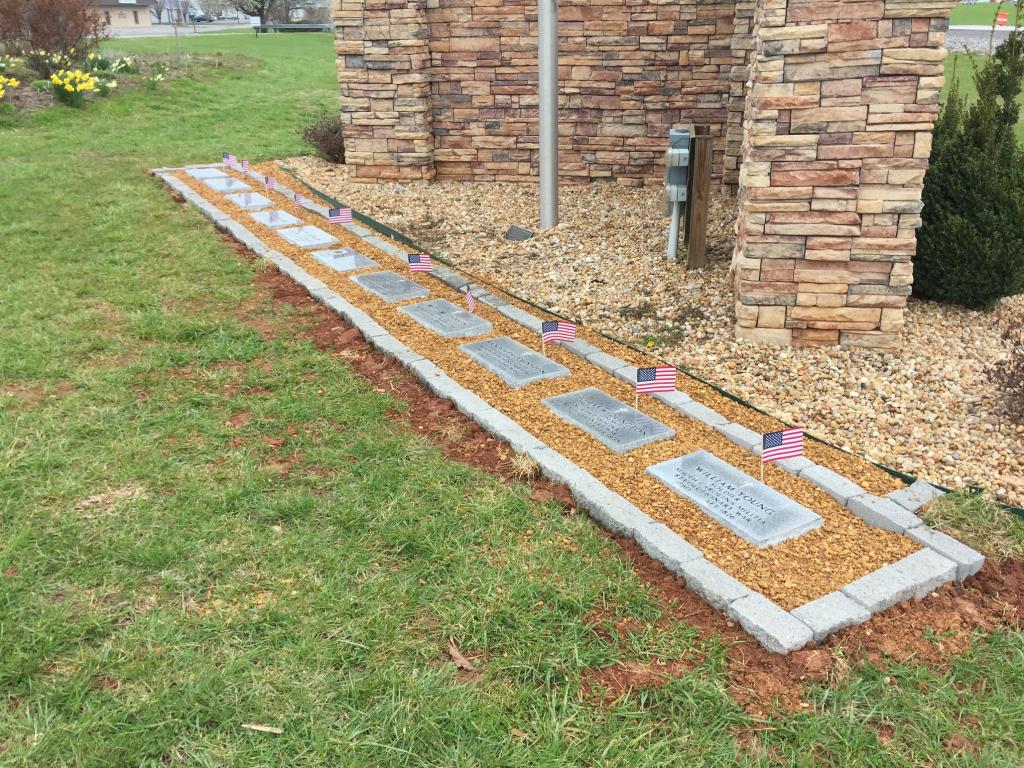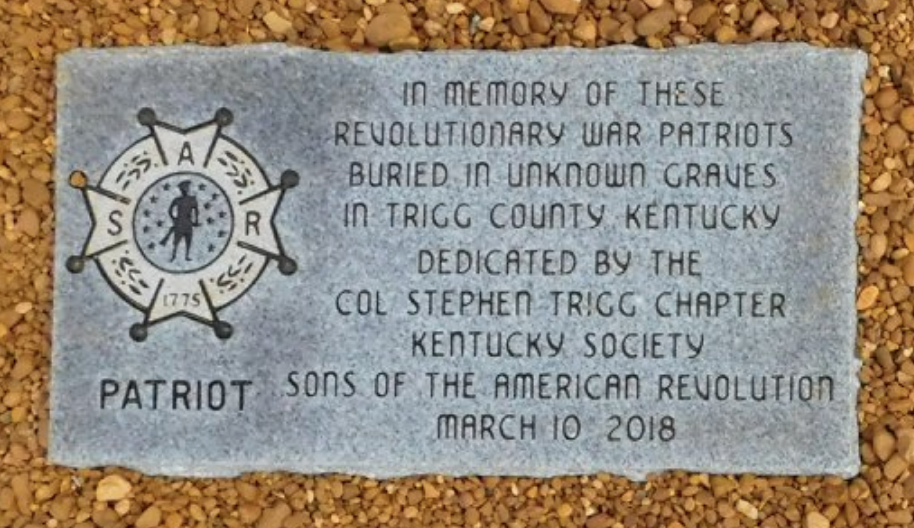James EDRINGTON/EDERINGTON
SAR Patriot #:
P-336601
The following information was assembled from numerous sources and cannot be used directly as proof of Qualifying Service or Lineage.
It is considered a research aid and is intended to assist in locating sources that can be used as proof.
State of Service: SC
Qualifying Service: Private
DAR #: A036436
Birth: 24 Feb 1756 / Stafford / VA
Death: 04 Jun 1847 / Trigg / KY
Qualifying Service Description:
Captains Lisles, Frost, Hughes, Pearson; Colonel Joseph Kirkland
Additional References:
- Pension Number R3230V
- SAR Patriot Index Edition III (CD: PP2210, Progeny Publ, 2002) plus data to 2004
- NSDAR #725641, 473539, 428880
Spouse: (1) XX XX; (2) Catherine McTier; (3) Mary Forbes
Children: George; Robert; Thomas; John; William; Catherine;
Members Who Share This Ancestor
| Date Approved | Society | ACN | SAR Member Info | Lineage via Child | View Application Detail | |
|---|---|---|---|---|---|---|
| 2000-02-02 | CA | 5773 | Jason Joe Carlisle (153266) | Thomas | ||
| 2000-02-02 | CA | 5774 | Rodney Turner Carlisle (153267) | Thomas |
Burial:
Location:
Cadiz / Trigg / KY / USA
Find A Grave Cemetery #:
Grave Plot #:
Grave GPS Coordinates:
n/a
Find A Grave Memorial #:
n/a
Marker Type:
SAR Grave Dedication Date:
27 May 2019
Comments:
- "Lost Patriots" Monument located at the "Welcome to Cadiz" sign
- Headstones honor the eleven Patriots buried in lost / unknown graves within the borders of Trigg County, KY
- Photos displayed courtesy of G. Geoff Baggett, KYSSAR
- no Find-a-Grave record found - Feb 2023
- The memorial Stones for these Patriots are located at the Cadiz Welcome Garden, Jct. of US Hwy. 68 and US 68 Business.
- The GPS Coordinates for the location is 36.866755, -87.796257
Directions to Cemetery / Gravesite:
Additional Information:
- DAR NOTE: (there are potential issues) regarding this man's service and lineage
- UNABLE TO VERIFY PENSION - REJECTED BECAUSE NO PROOF OF SERVICE PROVIDED. 8/2019
- MAIDEN NAME OF HARRIET, WIFE OF DAVID FANT, IS ROBINSON NOT WOODWARD.7/2022

